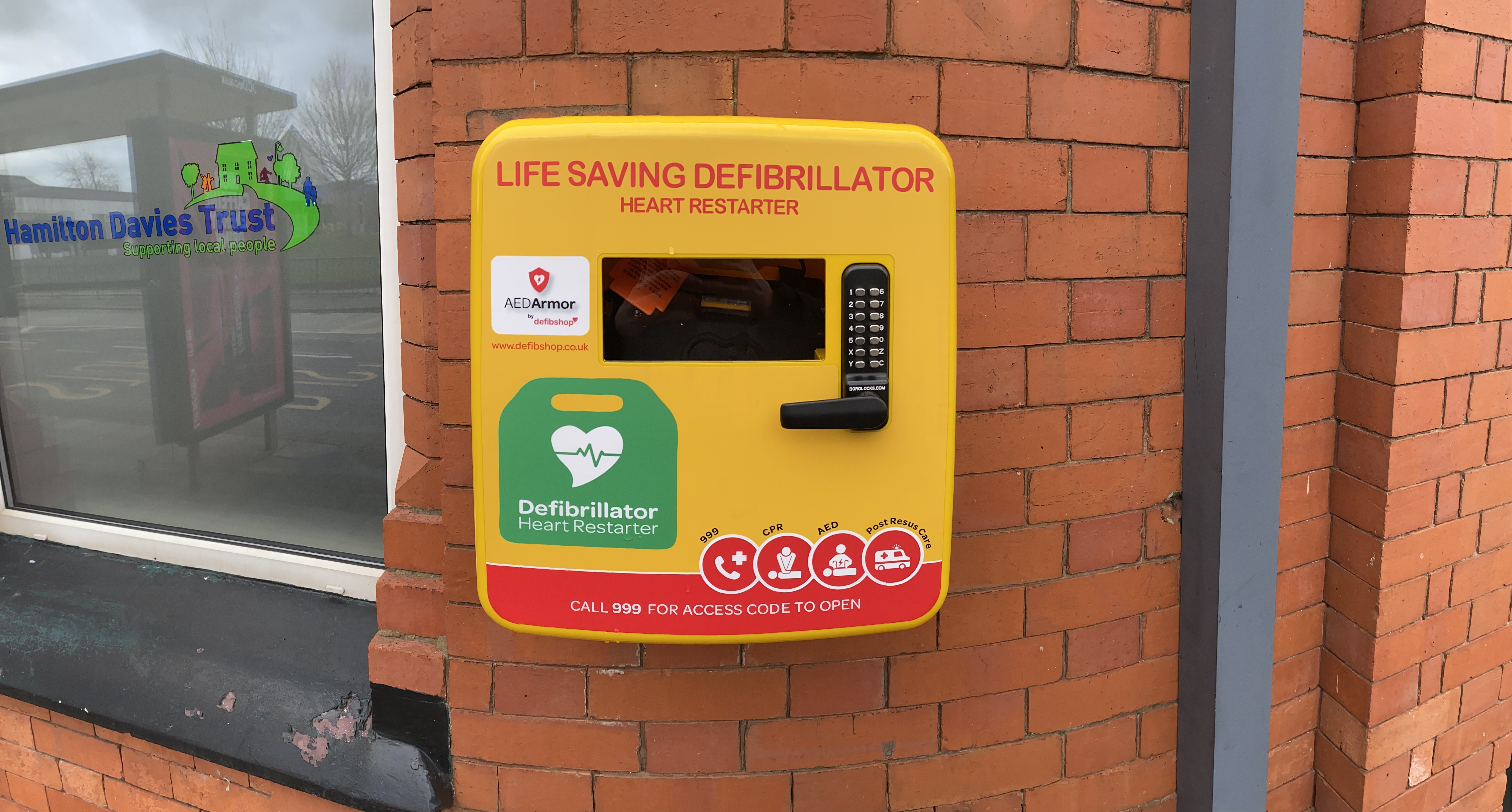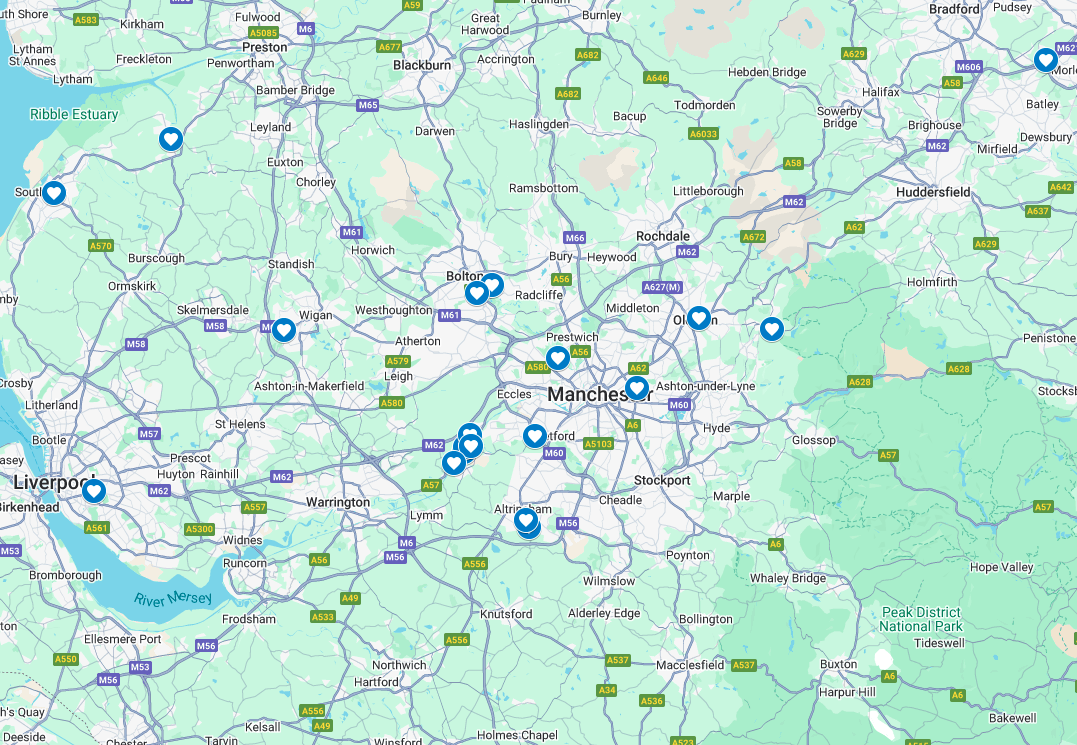Is your defibrillator visible?

For your life-saving defibrillator to be promptly located and retrieved in an emergency, it must be visible. Storage and Signage ensures your defibrillator remains protected from environmental elements and visible to passers-by.
Defibrillator Exposure
Consider the following steps for ensuring your defibrillator does not go unnoticed:
- Training – People who frequently walk past your defibrillator are most likely to use it in an emergency, training helps to prepare for this.
- Wall Signs – For boosted visibility and to ensure your device is not mistaken for anything other than a life-saving defibrillator, a wall sign will help it to further stand out.
- Location – Where you house your defibrillator is important. It should be central and ideally no more than a 3-minute round trip away from anywhere on the premises.
Following a cardiac arrest, the chance of survival decreases by approximately 10% for every minute that passes without treatment. A defibrillator that stands out is likely to be noticed and retrieved promptly in an emergency, ensuring immediate treatment is provided increasing the victim’s chance of survival.
Safely Stored
It is important to keep your defibrillator safe whilst ensuring it is not hidden. Cabinets ensure your device stays protected and visible. There are two types of cabinets to consider, indoor cabinets and outdoor cabinets depending on how you wish to store your device. the optional extras of strobe lights and alarms are available to alert of an emergency, encouraging assistance from people nearby.
Wall mounts and brackets are a simple solution to store your defibrillator keeping it visible and accessible within a secure, indoor environment such as an office.
More Information
Let us know how you make the presence of your defibrillator known. Send your pictures to us on Twitter @defibshop with the #DiscoverADefib hashtag and feature on our gallery.
To find out more about the best way to store your defibrillator with accompanying signage do not hesitate to get in touch with a member of the defibshop team.
defibshop are committed to equipping everyone with the skills and knowledge to save a life. Speak to one of our Product Specialists on 0161 776 7422 or fill out our Contact Form.
FAQs
Why is it important for a defibrillator to be visible?
Visibility is crucial for defibrillators to ensure they can be quickly located and used during an emergency. As the chance of survival decreases by about 10% for each minute without treatment following a cardiac arrest, a prominently displayed defibrillator can be swiftly accessed to provide immediate help, increasing the likelihood of survival.
What can be done to enhance the visibility of a defibrillator?
To make a defibrillator more noticeable, consider implementing training for individuals who are often nearby, installing clear wall signs that identify it as a life-saving device, and choosing a central location that is accessible within a 3-minute round trip from any point on the premises.
What are the best storage solutions for keeping a defibrillator accessible yet safe?
Defibrillators should be stored in specially designed cabinets that protect them from environmental elements while keeping them visible and accessible. Options include indoor cabinets for secure environments like offices, and outdoor cabinets equipped with features like strobe lights and alarms to alert people nearby during emergencies.
How do additional features like strobe lights and alarms help in an emergency?
Strobe lights and alarms on defibrillator cabinets serve as alerts to draw attention during an emergency, encouraging nearby individuals to assist quickly. These features are particularly useful in noisy or large environments where immediate awareness of an emergency is crucial.
How can I share the visibility improvements I’ve made for my defibrillator?
You can share photos of your defibrillator’s installation and visibility enhancements on Twitter using the hashtag #DiscoverADefib. This not only helps in spreading awareness but also allows others to see practical examples of effective defibrillator placements.












